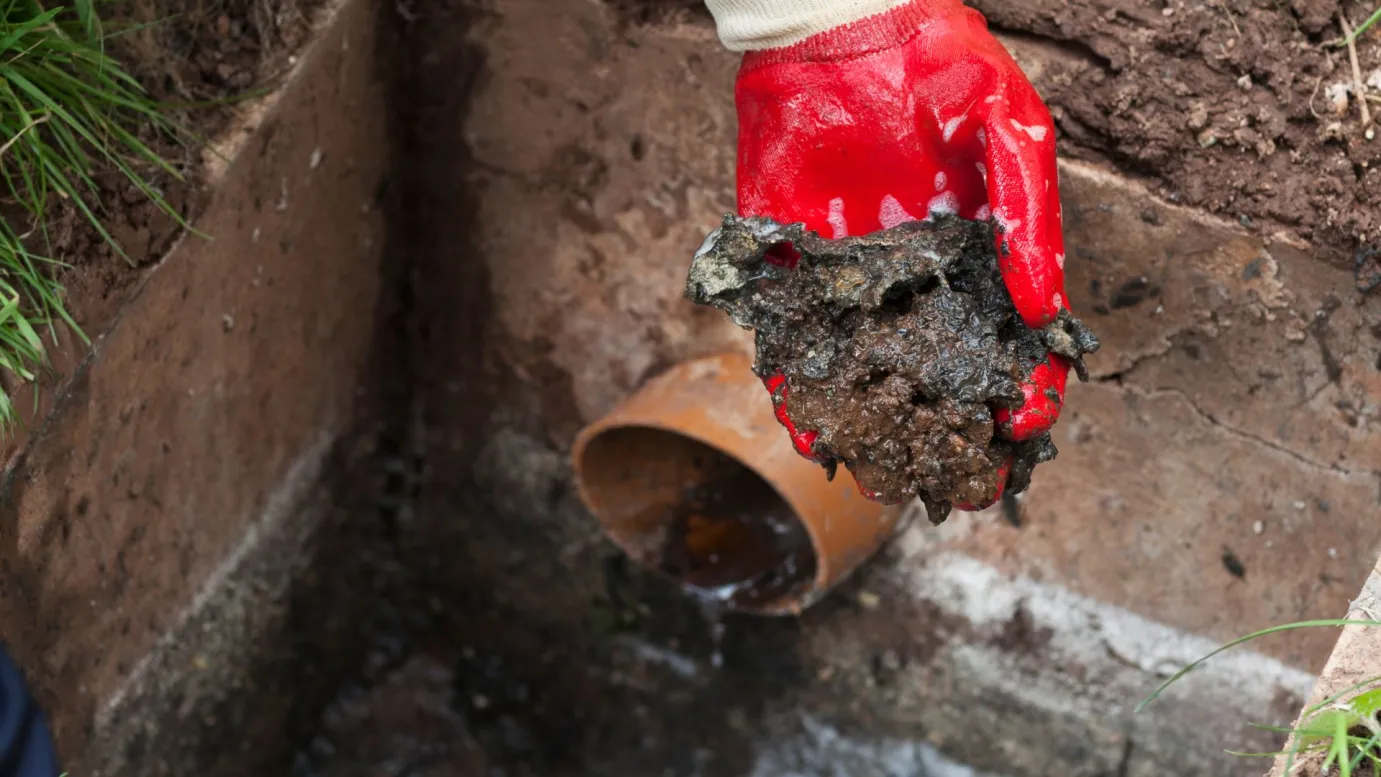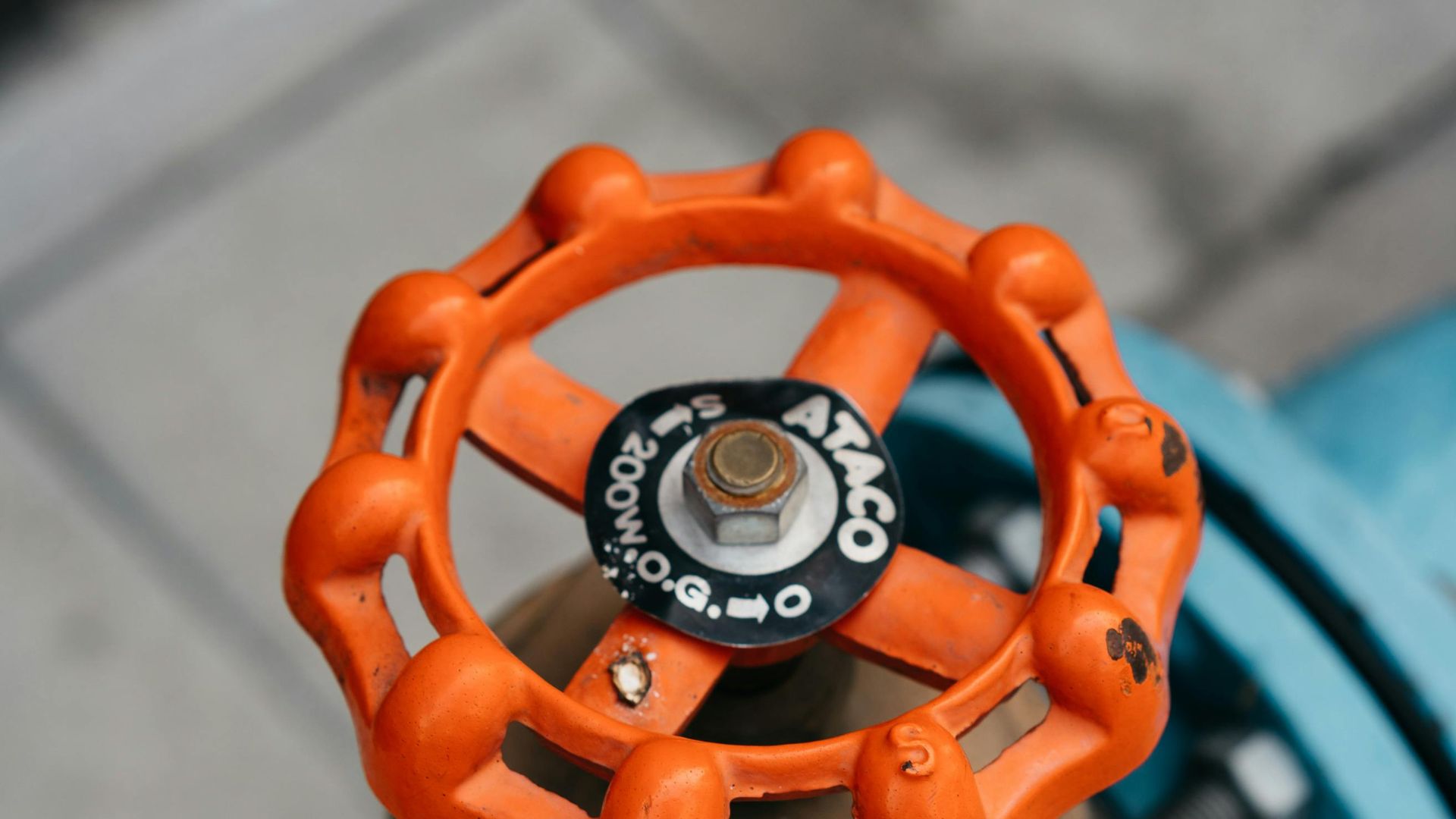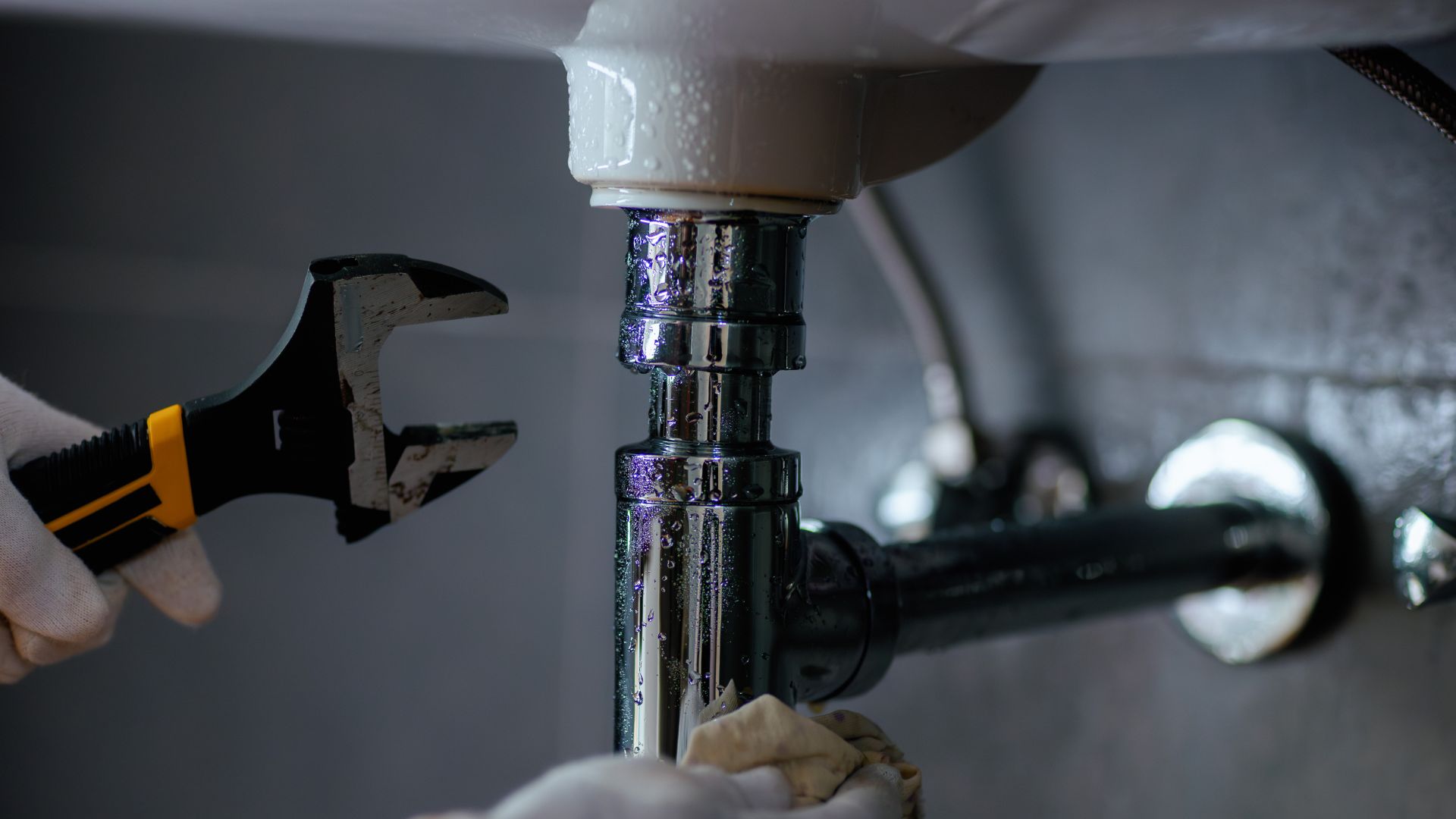Finding damp walls, a wet bathroom floor, or patchy ceilings is never a good sign. It might hint at a more serious problem creeping behind the scenes.
When such issues in the bathroom or your shower recess become apparent, we know there could be many reasons for this. But, sometimes, the problem could be a deep-rooted one that is building up in the walls for a while. In such cases, it would help to know the signs of hidden leakages to prevent a leaking shower before it gets serious.
Firstly, try to eliminate all other causes and ensure the shower leak is from the walls. To do this, here are a few ways to tell if the leak originates from the wall…
6 Ways To Know If The Shower Wall Is Leaking
1. Damaged Or Peeling Wallpaper
If you spot bubbles or stains on your bathroom wallpaper, it’s usually a red flag. If wallpaper starts tearing or peeling, it might mean you’ve got a leak. Hot shower steam generally isn’t enough to wrinkle wallpaper by itself.
This can only occur when the walls have internal damage and puffiness. Also, the excess moisture in walls can reduce the stickiness of the wallpaper to the wall and paint. In extreme cases, parts of thin wallpaper will fall off at the slightest touch.
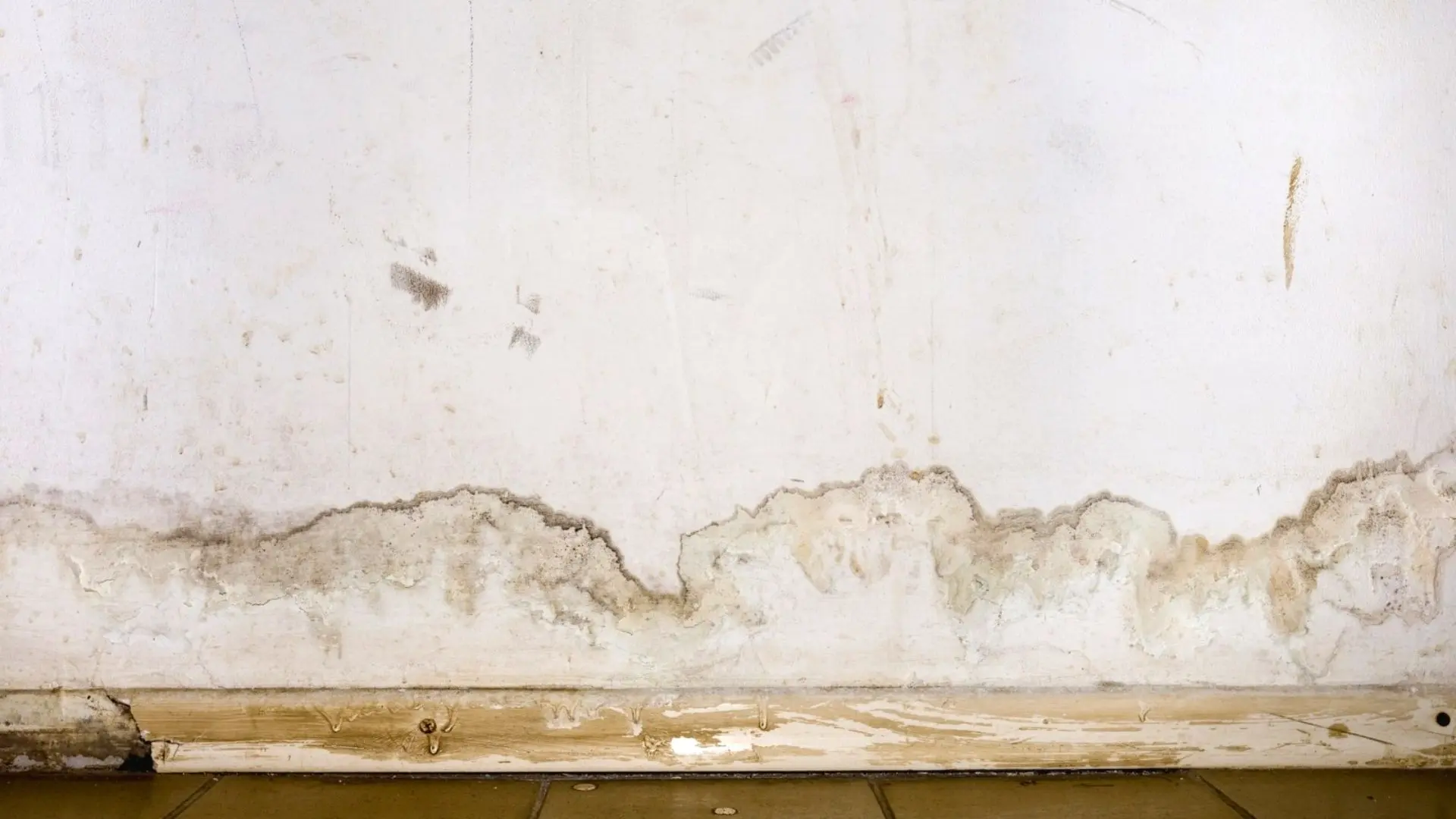
2. Presence Of Mould Or Mildew On Walls
You may already know this, but mould and mildew cannot survive without abundant moisture. It thrives explicitly in damp and dark places, and it is not unusual to find mould and mildew in the kitchen, bathrooms, and leaking showers. Typically, the underground pipes provide a perfect environment for mould to propagate, which means it could be hidden behind the shower walls.
Sometimes, you might see mould in patches, but other times, you’ll notice it through increased allergies affecting your skin or breathing. These issues can confirm mould, suggesting there might be a leaky shower causing water leaks behind the wall.
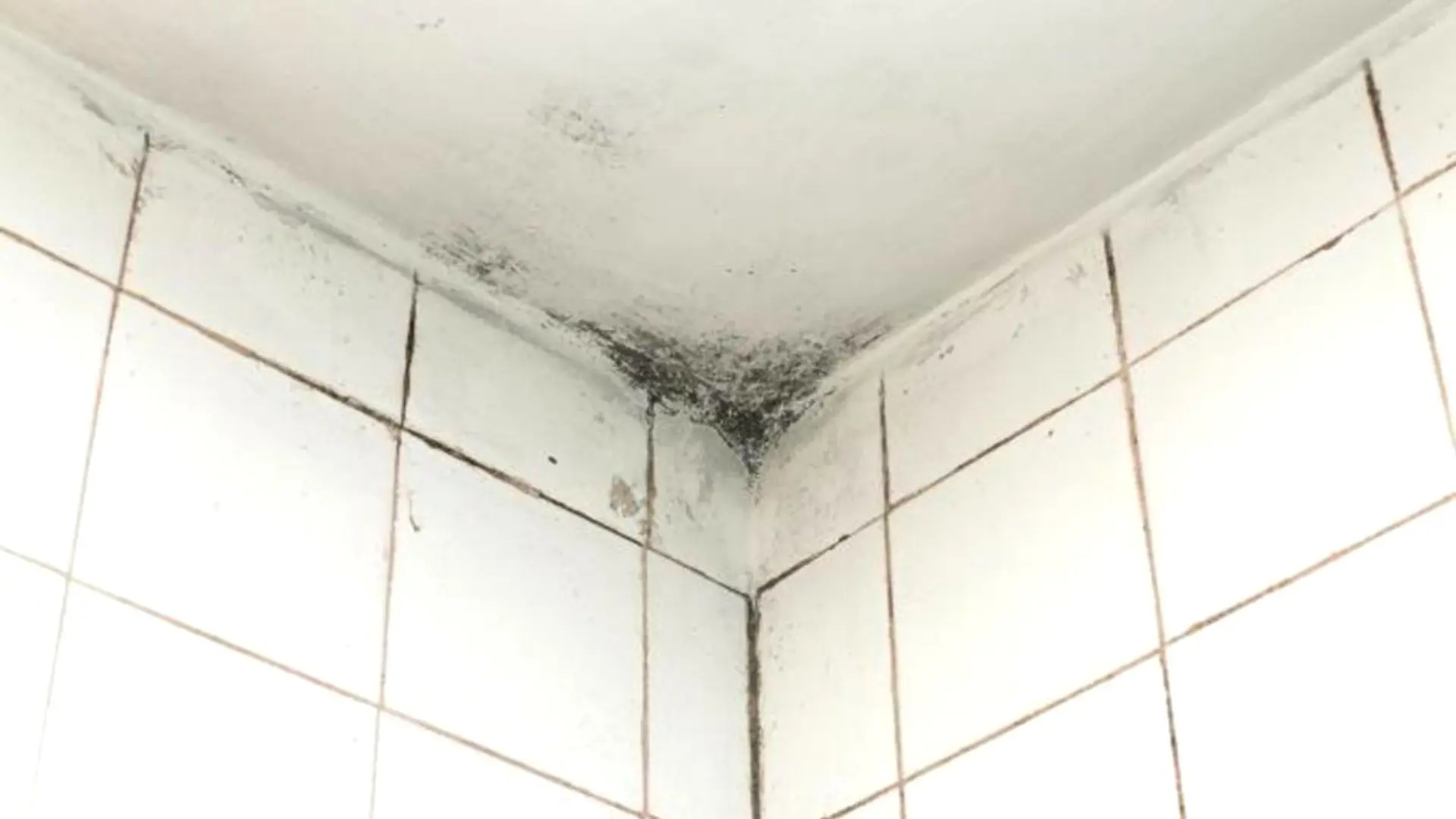
3. Musty Smell In The Shower
Does cleaning the shower not reduce the musty smell lingering in the bathroom? Many people complain of an earthy or musty smell in the bathroom that refuses to leave even after intensive cleaning sessions. Even though it may seem harmless, little do people know that a continuous smell hanging around is linked with water leakages. Shower grout, shower doors, and even the shower screen can often trap moisture, leading to hidden issues. Bathroom walls or a compromised waterproof membrane might also be culprits behind persistent dampness. These can act as warning signs of underlying leaks, which need to be addressed promptly.
And, if you have been noticing the musty smell frequently, applying generous amounts of air fresheners will not do the trick. Instead, you may have to investigate beneath the walls to see if a leak exists.
4. Damaged Floors
When cleaning, the bathroom floor is often the first you tackle. Notice any visible changes in the integrity of your tiles? Stains, missing grout, or cracked tiles could signal more than just wear and tear. Water seeping through grout might weaken the bonds, making the walls swell and causing tiles to crack or become loose.
They are cracking or buckling the floor when no recent flooding could mean a leak penetrating it. The moisture probably arrived from a nearby pipe that leaks or has burst, but don’t rule out another origin point for the leak. Regular shower floors do not feel soft or spongy, with the shower tiles coming right up if you move them.
Mostly, you can assume it to be a piping issue, and it’s imperative to get down to the crux of the problem to prevent further damage.
Aside from damaged floors and cracked tiles, check your bathroom door. A loose hinge on the bathroom door may indicate too much moisture behind a wall caused by a shower leak.
5. Ceiling Stains
Check your ceiling for any stains or water patches. If they’re obvious at a glance, the problem might be widespread. Just remember, with ceilings, the leak might not be directly above the spot you see— it could be from an upstairs bathroom instead.
From what we know about water, it is clear that the seepage can travel quite a distance and manifest in another part of the ceiling. If the stain appears dark or the ceiling seems puffy and soggy, you’ll have to investigate the matter to fix it.

6. Wet Cabinets
After you open the bathroom cabinets to grab toiletries or paper, the last thing greeting you should be moist interiors. It may seem far-fetched to conclude that water in the cabinets could have anything to do with shower leaks. But water in the walls can travel short distances and find an outlet anywhere, even in your cupboards.
Is Your Shower Leaking?
Sometimes, showers leak. Beyond the common signs, gauge your shower wall’s condition by checking the faucets. If they’re coming loose and need to be resealed with caulk to withstand water, a persistent leak may be the culprit.
Once the leak’s location is identified, you can take a call on the course of action required based on how extensive the damage is. Remember, replacing the piping is more straightforward, but fixing long-standing damage from mould, mildew, and water may take time.
Finally, if you are unsure how to deal with the issue, do not hesitate to call our professional Sydney plumbers to help you fix the damage.

